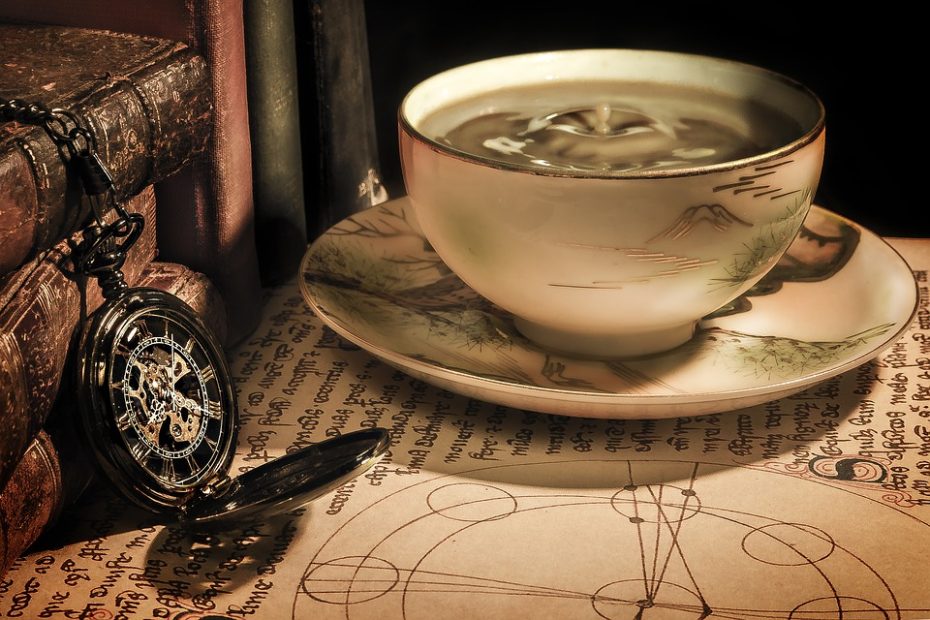
CHINA
According to Chinese folklore, the antiquity of tea began in 2737 B.C.E. when the Emperor Shen Nong, a skilled ruler and scientist, accidentally discovered tea. One day while water was boiling in a garden, a leaf from a tree floated into his pot. The Emperor was pleased with this infused taste and started his research journey. This journey has led to discovering medicinal during his research.
INDIA
Indian history discovery of tea to Prince Bodhi-Dharma, an Indian saint who founded the Zen school of Buddhism. In 520, he left India to orate Buddhism in China. To prove some Zen principles, he swore to reflect for nine sleepless years. It is said that towards the end of his meditation and journey, he fell asleep. Upon awakening, he was so distraught that he cut off his
eyelids, and threw them to the ground. Legend tells the story of a tea plant sprung up on the spot to sanctify his sacrifice.
JAPAN
During the early 9th century, a Japanese Buddhist monk, Saichō, introduced tea to Japan. While studying in China, Saichō discovered tea and decided to grow seeds at his monastery. This became a trend by other monks with small tea plantations making its way to secluded monasteries. Due to restricted living and isolation of these plantations, tea’s popularity did not increase in Japan until the thirteenth century. The main prevalent method of preparing tea involved grinding the delicate green tea leaves into a fine powder using a stone mill. This powder, called Matcha in Japan, was a precursor to the traditional Japanese tea ceremony (“Chanoyu”), and it was popularized by the Zen monk Eisai. Matcha is prepared with bamboo whisks (“chasen”) and served in hand-crafted bowls (“chawan”).
